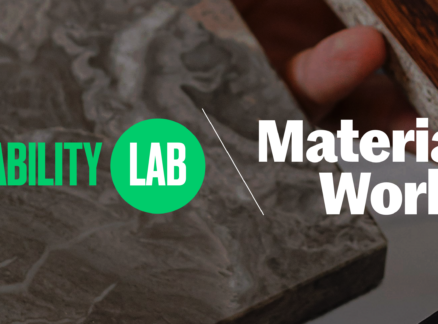June 1, 2005
Tapping the Zeitgeist
Metropolis’s Next Generation Design Competition defines the spirit of our time: a new evolving ethic.
Even as consumers embrace the affordable, cool, and stylish new products they see on TV—think of those striking Target commercials promoting design for the masses—the most innovative work is happening off camera. This is the output we like to record in our pages, and it’s what we hoped to discover when we initiated our Next Generation Design Competition last year. To celebrate new talent and encourage human-centered design, the prize money of $10,000 is intended to support one “Big Idea” that could use a sudden infusion of cash. To this end, we asked all entrants to draw up a business plan on how they would invest their winnings.
In 2005, the second year of the competition, we report some unanticipated outcomes. The jury—which included architect John Hong, a principal of the Cambridge, Massachusetts, firm Single Speed Design, whose Big Dig House won last year’s competition—decided to split the prize money and choose two winners (see page 170). At the end of intense deliberations, the jury selected Alisa Andrasek and Joseph Hagerman, both affiliated with Columbia University (Alisa is an architecture professor, and Joseph, a graduate student in engineering).
Alisa’s work with algorithms digs down to the molecular structure in a process that yields complex forms and challenges the right-angled world of modern design; Joseph’s more traditional modular forms dig into soil and use the Earth’s healing processes as a building material. In looking at the two projects together and speaking for the jury, Hong imagined that the two seemingly different approaches may very well add up to one great Big Idea: site-responsive design.
What’s most encouraging about the competition’s 2 winners, 15 finalists, and 145 entries is the signal they’re sending—they tell us that we’re in the midst of an evolving ethic. Caring, intelligent, talented young designers are working all over the world to make a difference, to bring forth ideas that make the quality of our lives better every day. Some of what they’re exploring includes windows that automatically relieve carbon dioxide build-up in rooms, public art that reminds urban denizens of their natural roots, three-dimensional graphics that reveal familiar forms to the blind, street signage that informs citizens about the ecological advantages of riding their bikes, and many other equally inventive proposals.
Thanks to the competition’s event sponsor, Antron, the Next Generation’s 20 provocative ideas, including the winners, finalists, and several editors’ choices, will be on display this spring. Look for them at two of America’s premier trade shows: in May inside the Metropolis booth at the International Contemporary Furniture Fair, and in June at NeoCon. We hope you drop by to see the exhibits at New York’s Jacob K. Javits Convention Center and at Chicago’s Merchandise Mart, study the work presented in this issue and in subsequent issues during 2005, and check for quick updates on the progress of some projects at www.metropolismag.com. The next generation may not be getting the enormous financial support corporations like Target put toward selling cool toasters and toilet brushes, but its far-reaching ideas will surely make a big difference to each and every one of us.





